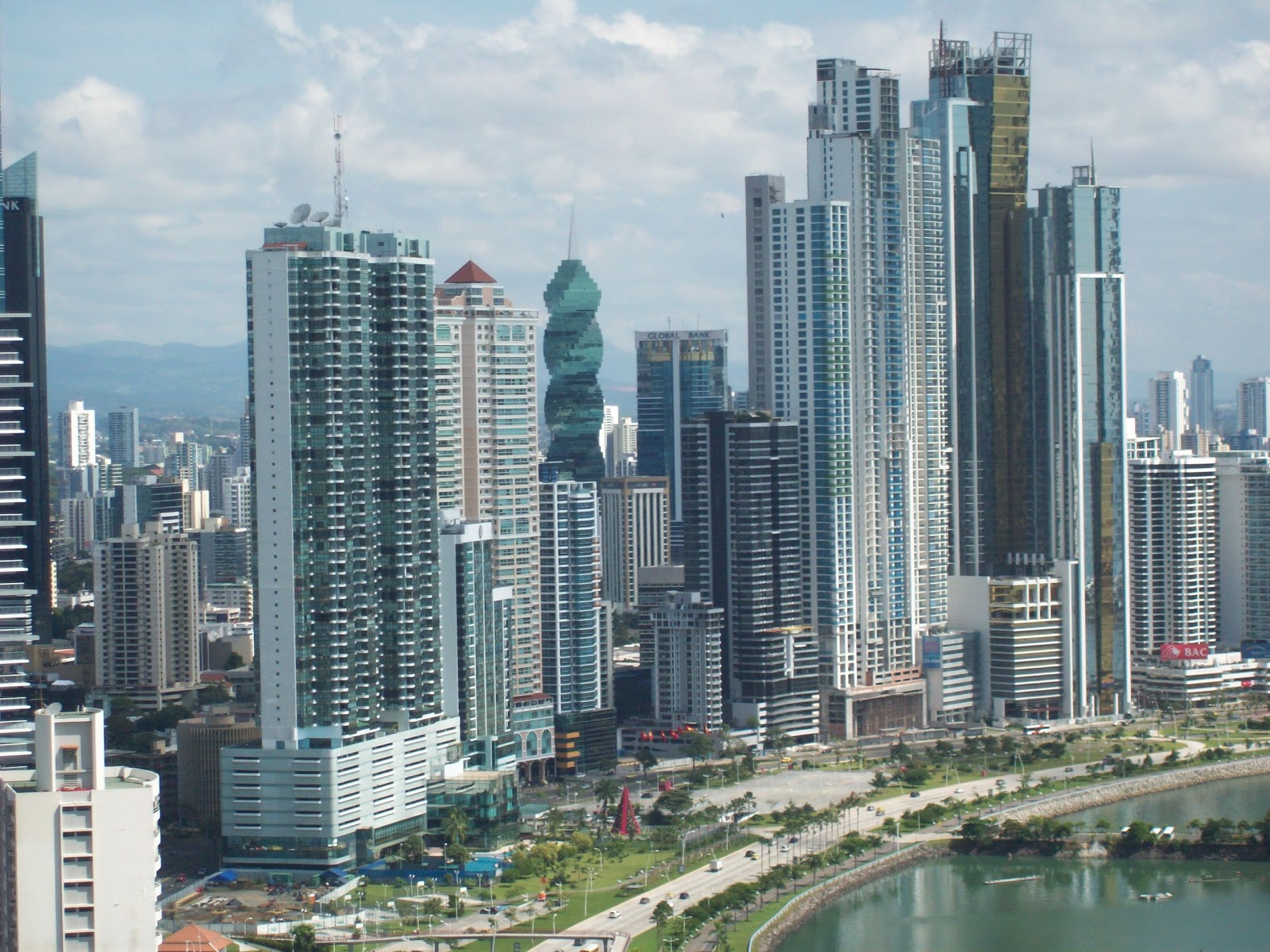In the last four years, 150,000 Panamanians have come out of poverty.
In the last 25 years, Panama has witnessed the highest economic growth in Latin America and foresees a prosperous future. However, analysts at the International Monetary Fund point out a problem in the country: there is inequality. The evidence confirms that it is not necessarily a problem because inequality is not synonymous with poverty.
In 2010, 22% of the population of Panama was poor. The figure dropped to 13% in 2018, and the trend continues. In the last four years, 150,000 citizens have come out of poverty amid the arrival of 94,000 Venezuelan migrants in a country that has four million inhabitants.
Despite the favorable landscape and the evident economic growth of the country, the international media and financial institutions reflect a trend: to expose inequality as a danger and take away credit from a prosperous country, just because it is unequal.
The same portal that published the latest prosperity indices in Panama warns that inequality deprives Panama of being a paradise. BBC, which has a growing progressive tendency, commonly equates equality with justice and well-being.
Already in mid-2018, the BBC published a World Bank report in which it contrasted wealth and inequality when in reality the figures show that the countries with the highest equality, particularly in Latin America are precisely the poorest ones.
In Venezuela, for example, a country that has been experimenting with socialism for the last two decades, more than 80% of the population is living under poverty. In other words, it is a nation with massive equality. However, this is not a sign of prosperity.
Meanwhile, the BBC announced that they do not use Venezuela as a reference because they do not have data available. Although they do not question why there are no available statistics, it probably is because the same regime that controls and conceals this data received the FAO award for its achievement in feeding its people when, in fact, the people suffer from malnutrition.
So Panama and Costa Rica, the region’s most booming economies, appear in the “worrying” picture of inequality alongside Chile, which has the best economy in South America.
They appear next to Honduras and Haiti, which have alarming poverty rates, which in turn exposes that the conditional distribution of money among the population says nothing about their quality of life.
Now, the BBC highlights Panama as a prosperous country. While El Salvador, Honduras, and Nicaragua were going through the economic crisis known as the “lost decade” at the end of the 1980s whereby Latin American countries suffered through large foreign debts, large fiscal deficits, inflation, and exchange rate volatilities, political stability allowed Panama to prosper during the crisis.
However, Panama did not grow only in contrast to its neighbors, but also with respect to all of Latin America. According to the International Monetary Fund (IMF), Panama outperforms the rest of the region in the projection of economic growth for 2019 with 5.9%.
It is followed by the Dominican Republic (5%), Peru (3.8%), Chile (3.4%), and Costa Rica (2.7%). The Central American average is 2.5%.
According to Alejandro Santos, the Division Chief in the IMF’s Western Hemisphere Department and the current Mission Chief to Panama, this country has “experienced an economic quantum leap.”
As home to the Panama Canal, it enjoys a privileged geographic location that allows access to the Atlantic as well as Pacific oceans. Accessibility has been an influential factor in increasing trade so much so that Panama expanded its economy twice as much as other Latin American nations.
Inequality and poverty are not synonymous
The profits produced by the Panama Canal have allowed an investment rate close to 40%. This has boosted the development of industries, including logistics, telecommunications, and finance.
Being a country open to trade has required the creation of an airport that allows investors to arrive there quickly. It has turned the country into a location of transit between various destinations the profits from which have enabled the construction of the metro and other forms of transportation and hygiene infrastructures like water and sanitation.
The wealth is evident in the port city full of skyscrapers. However, IMF experts say that “Panama’s inequality is one of the highest in Latin America,” and insist that “Latin America is the region with the highest inequality in the world.”
However, on this list of unequal countries, the IMF does not highlight Cuba and Venezuela, countries that have returned to massive poverty and suffer the lowest basic wage in the continent.
Venezuela ranks below Cuba, where the average monthly salary is 30 USD, and even Haiti, where average monthly earnings are 83 USD. In the rest of the continent, wages do not fall below 100 dollars: Peru (279 USD), Brazil (269 USD), Bolivia (300 USD) and Chile (427 USD).
In other words, in their eagerness to seek a parallel between equality and well-being, they overlook the fact that the countries with the highest economic equality are also the poorest, the most repressed, and the ones that have produced the most significant exodus of their inhabitants.
